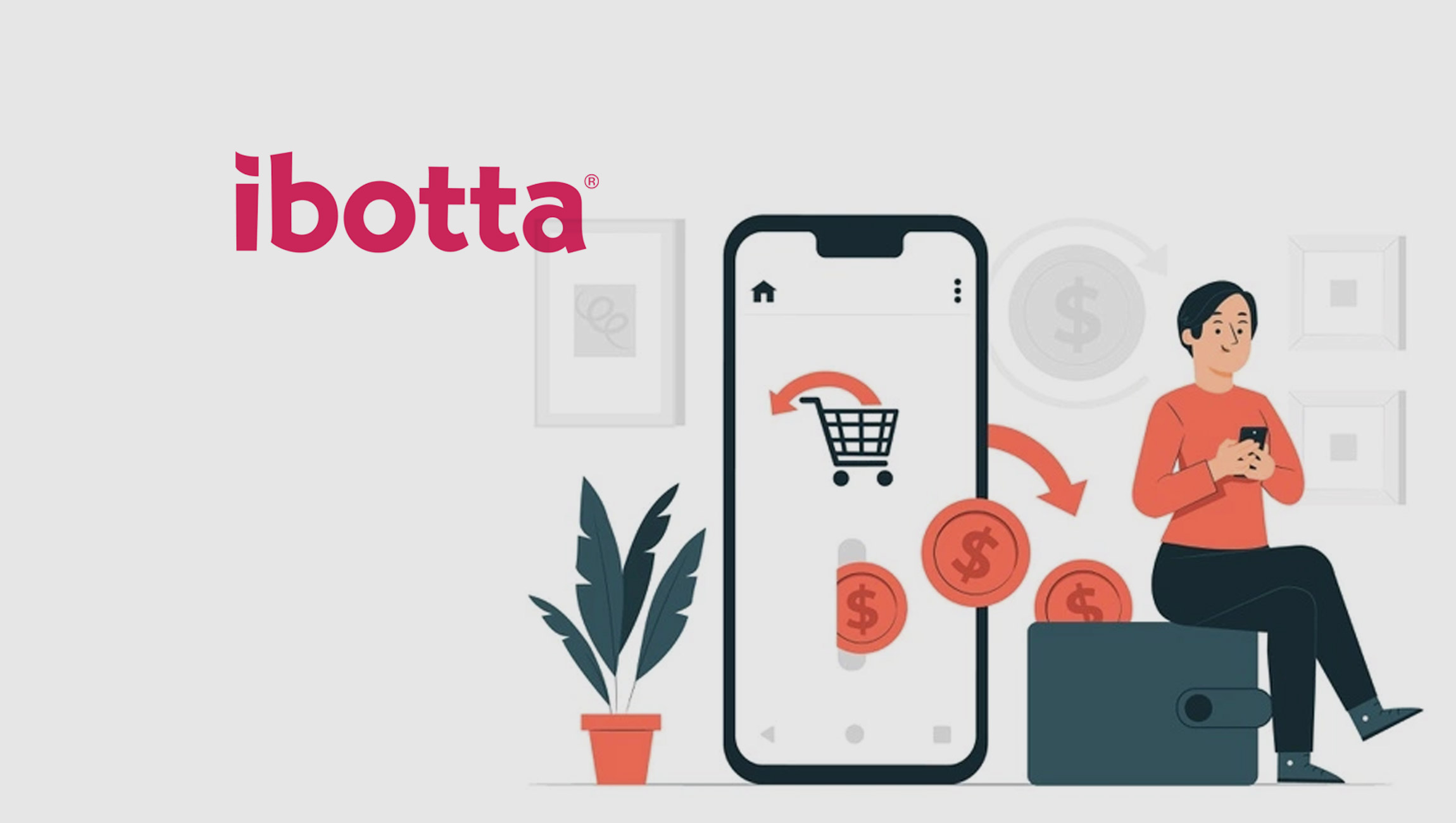It may sound paradoxical, but 2021 was a year of growth as well as pullback for advertising. The growth happened as many marketers raced to keep up with accelerating digital behaviors in Connected TV (CTV) and app-based media consumption. The pullback happened because big companies in verticals like automotive, CPG, retail, apparel, and consumer technology simply didn’t have the inventory to meet consumer demand.
However, 2022 will see an easing of the bottleneck, and with that ease, marketers will “release the Kraken” in the form of pent-up media budgets to regain momentum and market share. The ensuing ad boom – coupled with midterm election spending and the emergence of new categories like cannabis and sports betting – could surpass anything we’ve seen in the last decade.
Marketing Technology News: MarTech Interview with Melton Littlepage, Chief Marketing Officer at Outreach
Some brands scaling digital advertising – and programmatic in particular – are in for quite the awakening, in terms of spending freely. The frightening truth is, pre-COVID best practices no longer apply. For those advertisers, here are a few key trends to be aware of as they turn up the dial on their investments.
Cookies have already faded.
Targeting and measurement won’t work the same in 2022, thanks to all the big tech “privacy” changes including the deprecation of third-party cookies in Google’s Chrome browser. Most brands already know this, even those that reduced spending last year. What they may not know is that even though Google has given them a stay of execution until the end of 2022, third-party cookies are already in major decline.
Today, less than 40% of ad requests in the programmatic bid stream are associated with a cookie. The only consumer media environments where third-party cookies that are still prevalent and useful are on non-Apple devices with a Chrome browser (e.g., display retargeting on desktop).
Marketers largely haven’t done the work to prepare for the emerging reality spelled out above. Brand surveys consistently show that 60% to 70% do not feel ready for identity-related changes.
Everywhere else, the curtain has already come down on the old way of targeting and measuring digital ads.
Who moved my walled garden “easy button”?
Apple’s restrictions on the mobile ad identifier known as IDFA in iOS 14.5 and 15 have already pushed ad spend away from social platforms, as big companies like Facebook and Snap find themselves unable to attribute conversions.
This walled garden “ID drain” will continue in 2022, and those of us rooting for independent publishers (and against the consolidation of power by a few tech giants) should take that as a positive sign.
Interestingly, even as these companies quietly develop tracking alternatives that reduce their reliance on Apple and Google, they are also hedging their losses with large new bets that have nothing to do with digital advertising as we know it today. Facebook’s rebranding as Meta and its public bet on VR tech is a great example and a tacit admission that Apple’s privacy-driven wrecking ball has had the desired effect.
Programmatic TV beckons
Many people in our industry have speculated that CTV growth will be inhibited by a surplus of demand relative to the available supply. As the thinking goes, media companies won’t want to expose their inventory through programmatic pipes, if they can command high rates in the upfronts and other hand-negotiated deals.
This is as much of a myth today as it was in the early 2000s when publishers believed their sales forces would sell 100% of their site inventory. What followed back in those days was an explosion of ad networks that emerged to offload remnant inventory.
Today’s CTV environment has just as much need for programmatic technology as desktop advertising did in 2008, though the marketplace dynamics are different. TV planning cycles are getting shorter, and buyers today are less apt to make a 12-month spending commitment than they were just two years ago. That doesn’t lend itself to the traditional upfront model. Naturally, some deals will still be transacted in advance, but they will represent an ever-shrinking slice of the TV pie.
Marketing Technology News: MarTech Interview with Lisa Bennett, VP Marketing at Kaltura
But the biggest factor that will drive programmatic adoption in CTV is the disaster known as cross-channel reach and frequency management. The proliferation of streaming TV platforms across ad-supported channels – Disney’s Hulu, NBCU’s Peacock, Fox’s Tubi – in addition to digital and traditional linear viewing means advertisers have no transparency into how much audience duplication (i.e., waste) they have in their media plans. This is a worsening problem that programmatic can solve.
But programmatic alone is not enough to get this right. We need to take the extra step of rebuilding our identity framework so that we are no longer targeting individual users via CTV, but all members of a household, using household-level IDs.
First, household-level identity is a more privacy-friendly approach as it avoids user-level targeting. But it’s also smarter since the television is a shared device and the most significant purchase decisions happen at the household level. No one buys a car, books a trip, or even changes cereal brands without “buy-in” from a spouse and other family members. In 2022, smart money will try and reach all decision-makers who live together under one roof.
It is an exciting, yet challenging time for the modern marketer. The winners in 2022 won’t be those on the sidelines, so be brave and lead.
Marketing Technology News: MarTech Interview with Francis McMahon, EVP, Canon Solutions America











